(Essay) Mary as Christian Goddess by Glenys Livingstone Ph.D.
This is an edited version of a radio program by the author in 1994, on 2BLU 89.1 FM, Blue Mountains, Australia, in the context of a series called “Remembering the Great Mother”.
It could be said, and has been said, that Goddess has survived through the Christianization of many global cultures, as Mary. Geoffrey Ashe in his book The Virgin argues that the world’s nostalgia for a Mother Goddess created a place in theology for Mary, the mother of Jesus. He cites evidence that Mariology was a religion in its own right … the people offered bread in her name; as they had always done in the name of various Great Goddesses. According to Ashe, the Christian church of the fifth century integrated into itself the flourishing Mariology, thus taking the sting out of a rival religion and co-incidentally building itself up in a time of chaos and weakness. Mary, as mother, as womb, represented refuge in an age of peril and insecurity. It was well received by the people when the church proclaimed Mary as the Mother of God at 431 C.E. in Ephesus. Geoffrey Ashe argues that the struggling Christianity would not have survived that period without the swallowing of its “shadow religion”, which he says “filled the gap between earth and heaven, satisfied ancient needs, fulfilled ancient myths, which Jesus (on his own) could not.”[1] Marina Warner, in her book Alone of All Her Sex, also notes that veneration of Mary was encouraged at “times of stress and entrenchment”.[2]
Carl Jung got very excited about the acclamation of Mary as ‘Queen of Heaven’ when a pope officially named her so in an encyclical in 1950. Carl Jung saw it as the most important event since the Reformation, since he believed it represented a recognition of the Female in the “Godhead”; but perhaps he was overlooking the kind of woman who had been permitted this … one who was extolled for submission, modesty and humility, as Marina Warner advises.[3] Mary is understood (the patriarchs hope and decree) to answer to a Father-god … she is daughter-subject and his vessel: that is, power, awesomeness and centrality are only hers by privilege and miracle, not by nature. As Simone de Beauvoir notes: “For the first time in human history the mother kneels before the son”, … as servant, de Beauvoir says, “woman is entitled to the most splendid deification.”[4]
Yet in parts of Catholic tradition Mary changed from the gentle Lady to whom the faithful may turn for help into the unique being to whom they must turn to be sure of saving their souls: such was the inaccessibility of God the Father and the Son (such was the state of fatherhood). Mary as Mother had mercy beyond the Son’s justice … she came to embody mother-love, which was understood to be unconditional: she was the eternal “soft touch”. Whereas in Protestantism, where the image of a divine mother was rejected, where “an exclusively transcendent masculinity alone appears as the symbol of salvation”,[5] there is a harshness in the Divinity. The Protestant has to deal with a Father whose contracts are largely unbendable: at his worst the Deity presents as a terrible and fickle master who will have his pound of flesh, and at his best is still powerless before his own rules. However the problem for Mary, and for aspiring Marys, in Catholic theology, is that the female gets pushed into an eternal “Fiat”/Yes … her taps are never turned off. Mary became an impossible role model for women – a “good mother”, and “omnipotent woman who can do no wrong, whose knowledge, understanding, patience, and love magically overcome all problems large and small”,[6] the ‘Great Tit in the Sky’ who is an endless, eternally available and unreserved source of selfless ‘perfect’ love.
The Great Mother as She survived in the Christian era, as Mary, has been an ambivalent image: is She sovereign or is She servant? The need to proclaim Mary as virgin came not from any integral understanding of the term but out of fear of tainting of the Son of God with sexuality, which was understood to be pronounced in the female: where once the Mother was virgin because of her autonomy, in Mary she is virgin because she is asexual. She was not regarded as other women, she was the exceptional woman … the one to attain the ideal of the female eunuch … with God’s help. Mary is honoured at the expense of all other women. Her virgin female body is celebrated as “sealed”, “pure”, a “closed gate”,[7] avoiding any horror fantasy of “avid womb (which seeks) … to achieve satisfaction and fecundation.”[8] Mary was set apart from any possibility of this. The average woman, for a long time, in both Catholic and Anglican traditions, still needing “churching” following childbirth: (that is, she was proclaimed to need isolation for 40 days until clean following birthing), and the infant born of her required sanctification by a male priest with holy water in the name of the Father-God.[9]
An aspect of Mary’s mothering that caused concern amongst the Fathers of the Church was whether or not Mary had breastfed Jesus. At one point Mary’s milk was seen as an emanation from heaven, similar to that of the ancient Mother, except that Mary was the nursing mother of penitents, visionaries and saints: and Sophia, the Judeo-Christian image of Wisdom, was said to have suckled the apostles Peter and Paul … her milk was regarded as “the nectar of the spiritual life, through which death meets its defeat.”[10] But by the 15th century, it had become immodest for Mary to bare her breast … lactation was seen as too human, indeed, part of the penalties of the Fall. Perhaps word of the sensual pleasures of breastfeeding had gotten out.[11] What this meant for Catholic women, was that they were prevailed upon to breastfeed, to submit to the biological destiny of the Fall. What it meant for Mary, who had been spared original sin, so she could be an uncontaminated vessel, was that she wouldn’t have indulged: this was “the end of the road of one of Christian mysticism’s more potent images.”[12]
It is possible to interpret the Assumption of Mary into heaven, received by her son, as a hieros gamos – a sacred marriage, for she sits then beside him, bride of the Christ her Son. Is this union of Mary and Jesus still in fact the union of the Mother Goddess and her Son/Lover, or is it a reversal of the situation? In the conscious mind of the faithful it is understood that the Christ gave her this equality, not allowing his unsullied mother to suffer the corruption of the grave; yet in the unconscious mind where symbols have a life of their own perhaps the image of Mary as Sovereign retains its ancient lineage and power, and Jesus is again the Child.
And where once the Mother had a more apparent dark aspect, in Mary she is drowned in light: perhaps only in images such as the Pieta, where she is depicted holding her dead son, and in the Mater Dolorosa (Our Lady of Sorrows), does she come symbolically close to association with death as does the One of old. An image that typifies the Christian Goddess and that is most unlike the Great Mother, is the image of Mary standing with the snake crushed beneath her foot: the snake, sacred to Goddess as symbol of renewal, the life cycle, is now portrayed as representing death everlasting, with the Divine Mother triumphant over it. Despite this, if pushed to the point, perhaps the Fathers of the Church would admit that keeping Mary in service to them, has been like trying to hold a bubble of air in the bottom of a fish tank … its tendency is always to rise to the open air where it belongs, and so is her tendency. In the aspect of the Immaculate Conception, Mary is reverenced alone … the child does not appear with her … an unmistakable image of the Virgin Mother.
REFERENCES:
Ashe, Geoffrey. The Virgin: Mary’s Cult and the Re-emergence of the Goddess. NY: Arkana, 1988.
Daly, Mary. Beyond God the Father. Boston: Beacon Press, 1973.
De Beauvoir, Simone. The Second Sex. New York: Bantam, 1970.
Fisher, Elizabeth. Woman’s Creation: Sexual Evolution and the Shaping of Society. New York: McGraw Hill, 1980.
Getty, Adele. Goddess: Mother of Living Nature. London: Thames and Hudson, 1990.
Lazarre, Jane. The Mother Knot. New York: Dell Publishing Co., 1976.
Livingstone, Glenys. Motherhood Mythology, M.A. thesis, Graduate Theological Union, (1982) Berkeley CA. Australia: Fast Books, 1999.
Neumann, Erich. The Great Mother. Princeton: Princeton University Press, 1974.
Reuther, Rosemary Radford. New Woman/New Earth. New York: Seabury, 1975.
Warner, Marina. Alone of All Her Sex. NY: Alfred Knopf, 1976.
NOTES:
[1] Geoffrey Ashe, The Virgin, cited in Motherhood Mythology, by Glenys Livingstone, p. 23-24.
[2] Marina Warner, Alone of All Her Sex, p.104.
[3] Marina Warner, Alone of All Her Sex, p. 132.
[4] Simone de Beauvoir, The Second Sex, p. 160.
[5] Rosemary Radford Reuther, New Woman, New Earth, p.56.
[6] Jane Lazarre. The Mother Knot, p. 1.
[7] Marina Warner, Alone of All Her Sex, p. 73.
[8] Erich Neumann, The Great Mother, p. 171.
[9] See Mary Daly, Beyond God the Father, p. 195. Scholar Kirsten Brunsgaard Clausen in a recent thesis presented to UPPSALA UNIVERSITET notes that baptism had an earlier indigenous/Goddess communal tradition that was appropriated for Christian dogmatic purposes: http://uu.diva-portal.org/smash/get/diva2:826805/FULLTEXT01.pdf
[10] Warner, Alone of All Her Sex, p. 95.
[11] Elizabeth Fisher, Woman’s Creation, p. 386, notes the aristocratic custom during the Middle Ages, of sending children away to nurse at the breast of a country woman: thus poor women had both the benefit of the birth control effect of lactation plus the sensuality. Other than entering the religious life, this was one way to avoid incessant pregnancies.
[12] Warner, Alone of All Her Sex, p. 204.
Advertisements







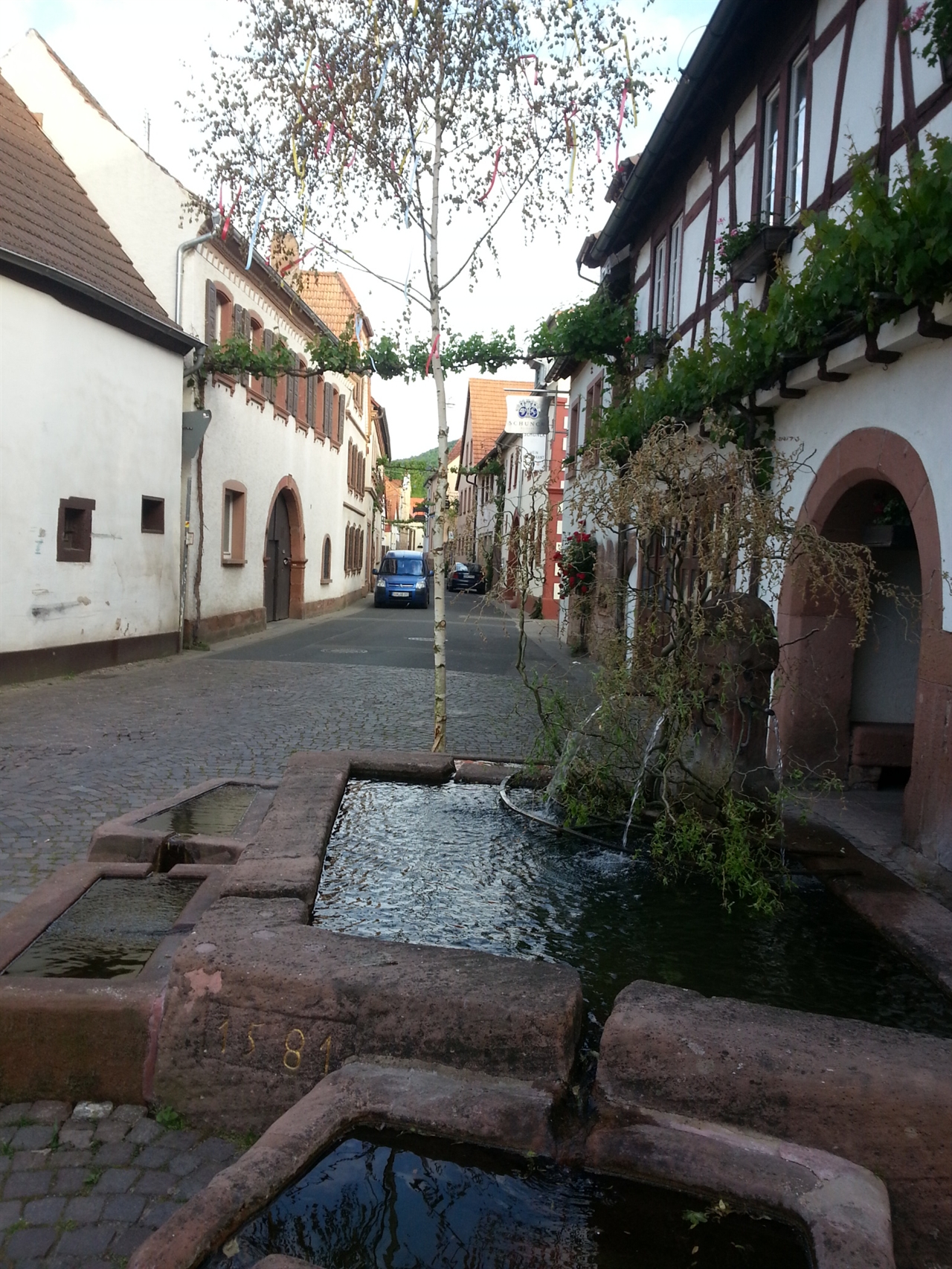 축소
축소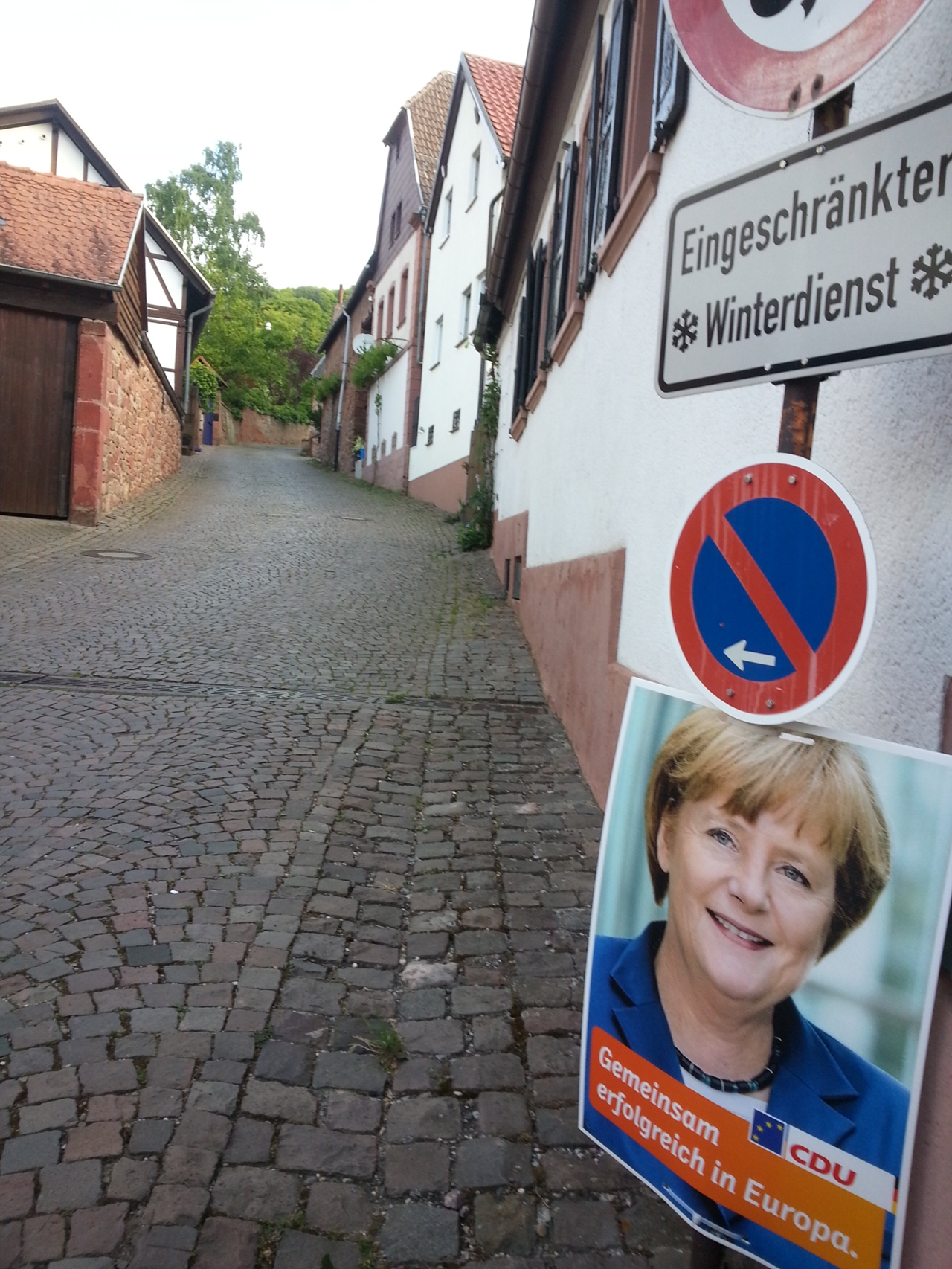 축소
축소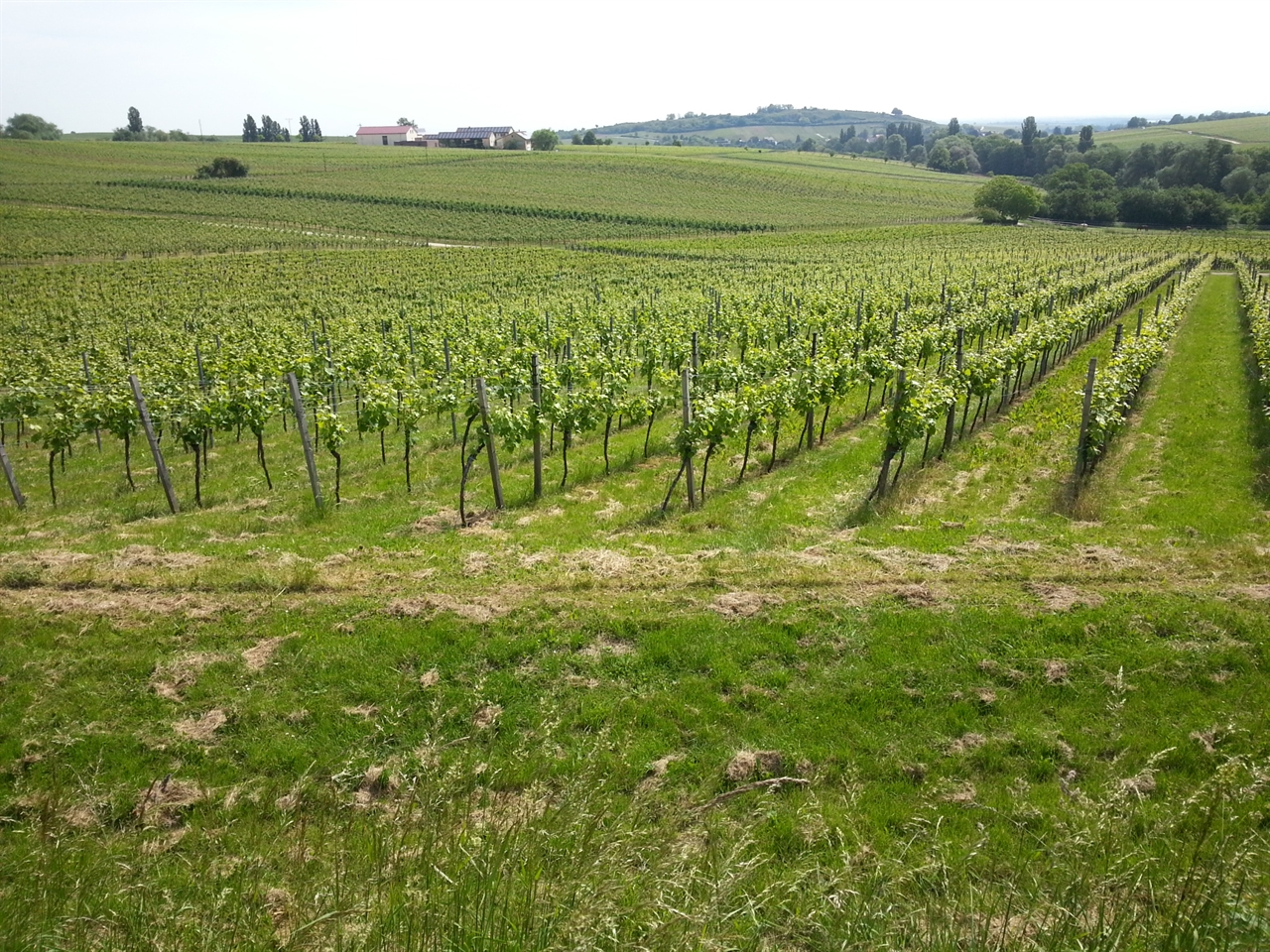 축소
축소
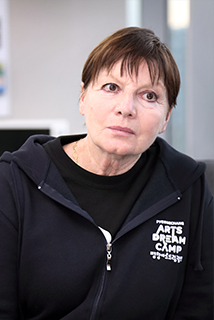
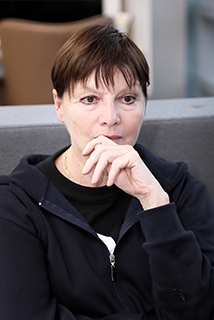
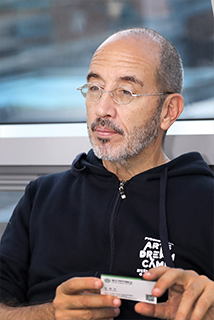
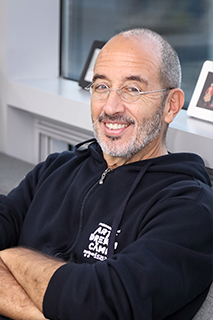
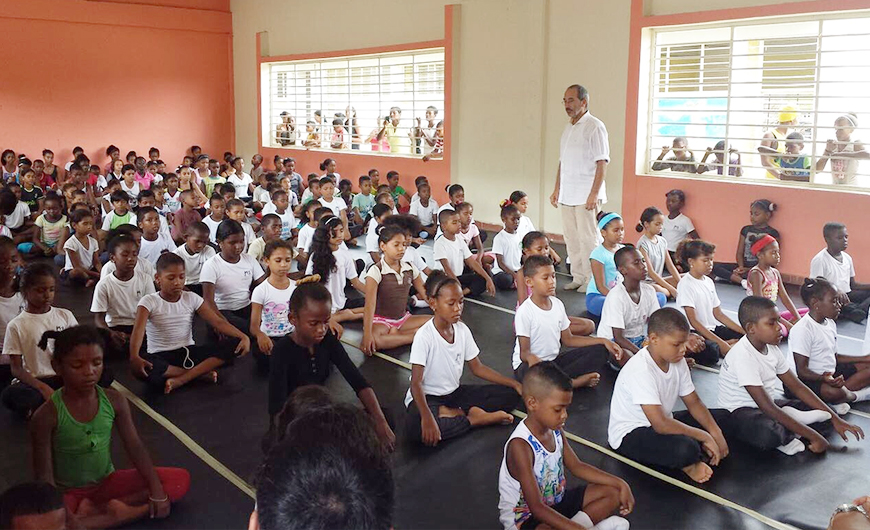


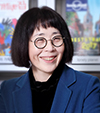 우 연서울세계무용축제(SIDance) 및 국제무용협회(CID-UNESCO) 한국본부 기획실장(1998-2005), 서울예술단 기획PD(2006), 예술경영지원센터 국제사업부장(2007-2012)을 역임하며 서울아트마켓(PAMS)및 국제교류 사업을 총괄했다. LIG문화재단 기획실장 (2013-2014)으로 LIG아트홀 강남·합정·부산 3개 제작 극장을 운영했고, 현재 창작연극 제작극장인 서울문화재단 남산예술센터 극장장으로 일하고 있다.
우 연서울세계무용축제(SIDance) 및 국제무용협회(CID-UNESCO) 한국본부 기획실장(1998-2005), 서울예술단 기획PD(2006), 예술경영지원센터 국제사업부장(2007-2012)을 역임하며 서울아트마켓(PAMS)및 국제교류 사업을 총괄했다. LIG문화재단 기획실장 (2013-2014)으로 LIG아트홀 강남·합정·부산 3개 제작 극장을 운영했고, 현재 창작연극 제작극장인 서울문화재단 남산예술센터 극장장으로 일하고 있다.